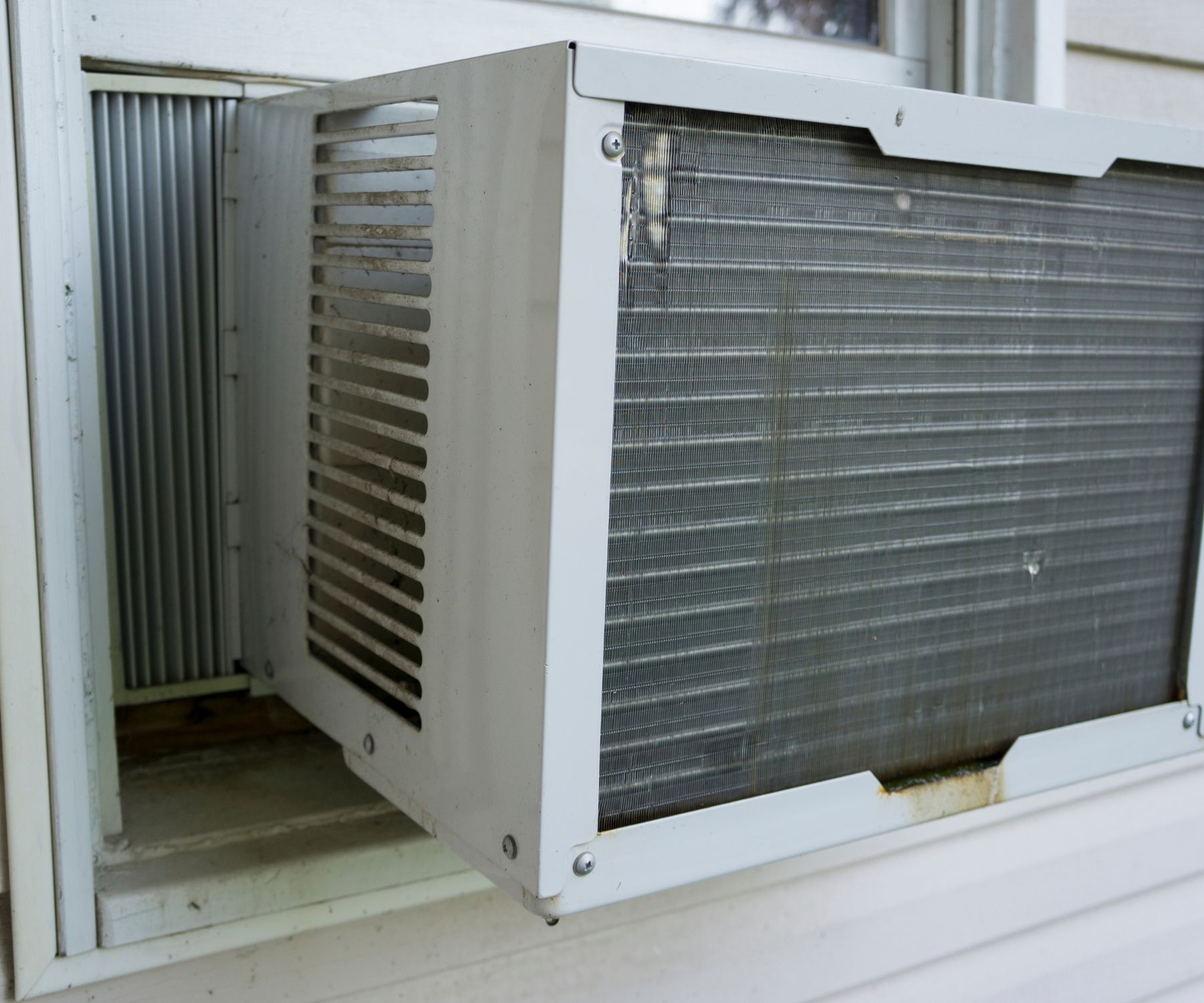Setting your AC unit under 60 or 65 degrees may lead to increased energy consumption, potential problems with your AC unit, and discomfort for occupants.
By setting your thermostat to a recommended temperature, maintaining your AC unit, and using other tips for efficiency, you can save money on your electricity bills, extend the lifespan of your AC unit, and maintain optimal air quality and comfort in your home.
Running AC Under 60 or 65 Degrees: Benefits and Tips for Efficiency
Air conditioning is a necessary comfort during the hot summer months, but it can also be a significant expense on your electricity bills.
Running your AC unit under 60 or 65 degrees may seem like a way to cool your home faster, but it can lead to increased energy usage and potential problems with your AC unit.
In this article, we’ll discuss the benefits of running your AC under 60 or 65 degrees and provide some tips for maximizing efficiency and preventing potential problems.
Table of Contents
 How AC Works
How AC Works
Before we discuss the benefits and tips, let’s review how air conditioners work.
An air conditioner cools the air by removing heat and humidity from the indoor air and then circulating the cool air back into the room.
The AC unit pulls warm air into the system, runs it over a coil filled with refrigerant, and then releases the cooled air back into the room.
Importance of Proper Temperature for Efficient AC Operation
The temperature you set your thermostat affects how efficiently your AC unit operates.
The Department of Energy recommends setting your thermostat to 78 degrees Fahrenheit during the summer months to balance comfort and energy efficiency.
However, if you prefer a cooler temperature, setting your thermostat to 60 or 65 degrees can be a viable option.
Benefits of Running AC Under 60 or 65 Degrees
- Energy savings and reduced electricity bills:
Running your AC unit under 60 or 65 degrees can lead to increased energy usage and higher electricity bills.By setting your thermostat to 60 or 65 degrees, you can save money on your electricity bills and reduce your overall energy consumption.
- Increased lifespan of the AC unit:
Running your AC unit at a lower temperature than recommended can cause unnecessary wear and tear on the system, leading to premature failure.By running your AC unit at a recommended temperature, you can extend the lifespan of the unit.
Improved air quality and comfort: Running your AC unit at a lower temperature can lead to excess humidity in your home, which can lead to mold growth and decreased air quality.
By running your AC unit at a recommended temperature, you can maintain optimal air quality and comfort.
How to Run AC Under 60 or 65 Degrees
- Set the thermostat to 60 or 65 degrees:
To run your AC unit under 60 or 65 degrees, simply set your thermostat to the desired temperature. - Use a programmable thermostat to regulate temperature:
A programmable thermostat allows you to set the temperature in advance, reducing the need for manual adjustments and helping to maintain optimal temperatures. - Use ceiling fans or other fans to circulate cool air:
Fans can help circulate cool air throughout your home, reducing the need for a lower temperature setting on your AC unit.
| Topic | Information |
|---|---|
| Recommended temperature for AC | 78 degrees Fahrenheit |
| Lower temperature options | 60 or 65 degrees Fahrenheit |
| Benefits of running AC under 60 or 65 degrees | Energy savings, increased lifespan of AC unit, improved air quality and comfort |
| How to run AC under 60 or 65 degrees | Set thermostat to desired temperature, use a programmable thermostat, use fans to circulate cool air |
| Tips for maximizing AC efficiency | Regular maintenance and cleaning of AC unit, proper insulation and weather sealing, use of window coverings and shades |
| Potential problems with running AC under 60 or 65 degrees | Risk of freezing AC unit, risk of discomfort or health problems for occupants, increased wear and tear on AC unit |
Tips for Maximizing AC Efficiency
- Regular maintenance and cleaning of the AC unit:
Regular maintenance and cleaning of your AC unit can help ensure optimal efficiency and prevent potential problems.
Replace your air filters regularly, and have your AC unit serviced annually by a professional.
- Proper insulation and weather sealing:
Proper insulation and weather sealing can help keep cool air inside your home and prevent warm air from entering, reducing the workload on your AC unit.
- Use of window coverings and shades:
Window coverings and shades can help block out sunlight and reduce heat gain, further reducing the workload on your AC unit.
Potential Problems with Running AC Under 60 or 65 Degrees
- Risk of freezing the AC unit: Running your AC unit at too low a temperature can cause the evaporator coil to freeze, leading to decreased efficiency and potential damage to the system.
- Risk of discomfort or health problems for occupants:
Running your AC unit at too low a temperature can lead to discomfort for occupants, especially if they are not dressed appropriately for cooler temperatures.
In addition, it can cause health problems such as headaches, colds, or other respiratory issues.
- Increased wear and tear on the AC unit: Running your AC unit at too low a temperature can cause unnecessary wear and tear on the system, leading to increased repair costs or premature failure.
Running your AC unit under 60 or 65 degrees may seem like a quick fix for cooling your home, but it can lead to increased energy consumption, potential problems with your AC unit, and discomfort for occupants.
By setting your thermostat to a recommended temperature, maintaining your AC unit, and using other tips for efficiency, you can save money on your electricity bills, extend the lifespan of your AC unit, and maintain optimal air quality and comfort in your home.
Remember, proper AC maintenance and operation are key to optimal efficiency and comfort.
FAQ
1. Is it recommended to run your AC unit under 60 or 65 degrees?
No, the Department of Energy recommends setting your thermostat to 78 degrees Fahrenheit during the summer months to balance comfort and energy efficiency.
However, if you prefer a cooler temperature, setting your thermostat to 60 or 65 degrees can be a viable option.
2. What are the benefits of running your AC unit under 60 or 65 degrees?
Some benefits of running your AC unit under 60 or 65 degrees include energy savings, increased lifespan of the AC unit, and improved air quality and comfort.
3. How can you run your AC unit under 60 or 65 degrees?
You can run your AC unit under 60 or 65 degrees by setting your thermostat to the desired temperature, using a programmable thermostat to regulate temperature, and using fans to circulate cool air.
4. What are some tips for maximizing AC efficiency?
Some tips for maximizing AC efficiency include regular maintenance and cleaning of the AC unit, proper insulation and weather sealing, and use of window coverings and shades.
5. What are the potential problems with running your AC unit under 60 or 65 degrees?
Potential problems with running your AC unit under 60 or 65 degrees include the risk of freezing the AC unit, the risk of discomfort or health problems for occupants, and increased wear and tear on the AC unit.
6. How can running your AC unit under 60 or 65 degrees lead to energy savings?
Running your AC unit under 60 or 65 degrees can lead to energy savings by reducing your overall energy consumption and lowering your electricity bills.
7. How can running your AC unit at a recommended temperature improve air quality? Running your AC unit at a recommended temperature can improve air quality by reducing excess humidity in your home, which can lead to mold growth and decreased air quality.








